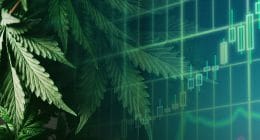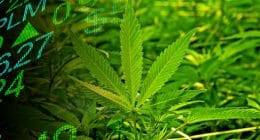On an experimental farm in Colorado, there is hemp growing, hidden away in the middle of a corn field. The time to harvest is approaching the farm, and sooner than later, more hemp will be added to this what used to be an ordinary farm of corn, wheat, and oats. Hemp is part of the marijuana family but does not get you high; instead, the plant focused more on getting its properties of fiber and oil. However, because of laws prohibiting the plant, there is little research done on its very basic properties.
John McKay is a plant geneticist at Colorado State University. There he is the leader of a team observing the 17 kinds of hemp on the farm referred to earlier. The reason why there is a corn field around is to keep hemp enthusiasts, and curious eyes, from interfering with the experiments being conducted.
“From the scientific side we’ve tried to keep people out of all of our experiments. “Because they’re going to knock seeds off of plants and interfere with the data. And this experiment, people are more interested than anything else I’ve done,” McKay says.
McKay and Brian Campbell, one of his graduate students, walk through the corn stalks, eventually reaching green hemp stalks over a half an acre deeper. Campbell was very excited to report what was happening on the inside of these experiments.
“My background has been in alternative oilseeds so this is kind of like the king of alternative oilseed crops. So it’s been an exciting summer for me personally just to get to work with something that hasn’t been done to death, like corn,” Campbell says.
The corn and its contrast serve as predictions of what the future of hemp may look like. The hemp field is an unorganized bunch of plants; these plants vary in height, thickness and toughness. The corn nearby is consistent, hardy, in neat and organized rows; however, this is due to centuries of breeding and experiments. John McKay was incredibly surprised by the wide variety of the plant.
“So if you look closely in each of the plots,” according to McKay. “There’s quite a bit of variation from plant to plant and it looks like some of that is still genetic variation. If you look over there at the corn it’s extremely uniform.”
A more organized breeding program may turn hemp from an enigma into an entire product, McKay says. He imagines a day where there will just be fields of hemp being cultivated. However until then, dramatic differences among hemp will make it tough to sell to most farmers.
MAPH Enterprises, LLC | (305) 414-0128 | 1501 Venera Ave, Coral Gables, FL 33146 | new@marijuanastocks.com










